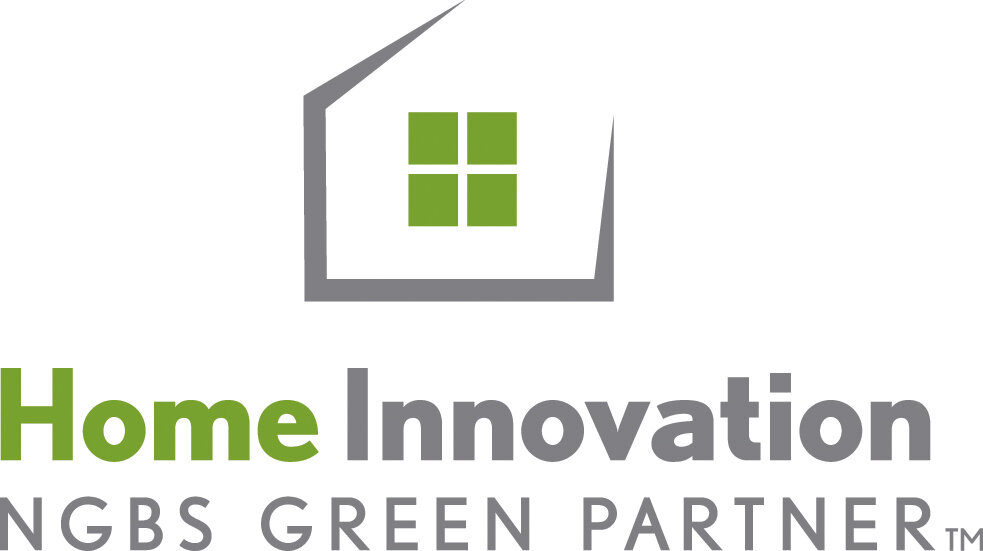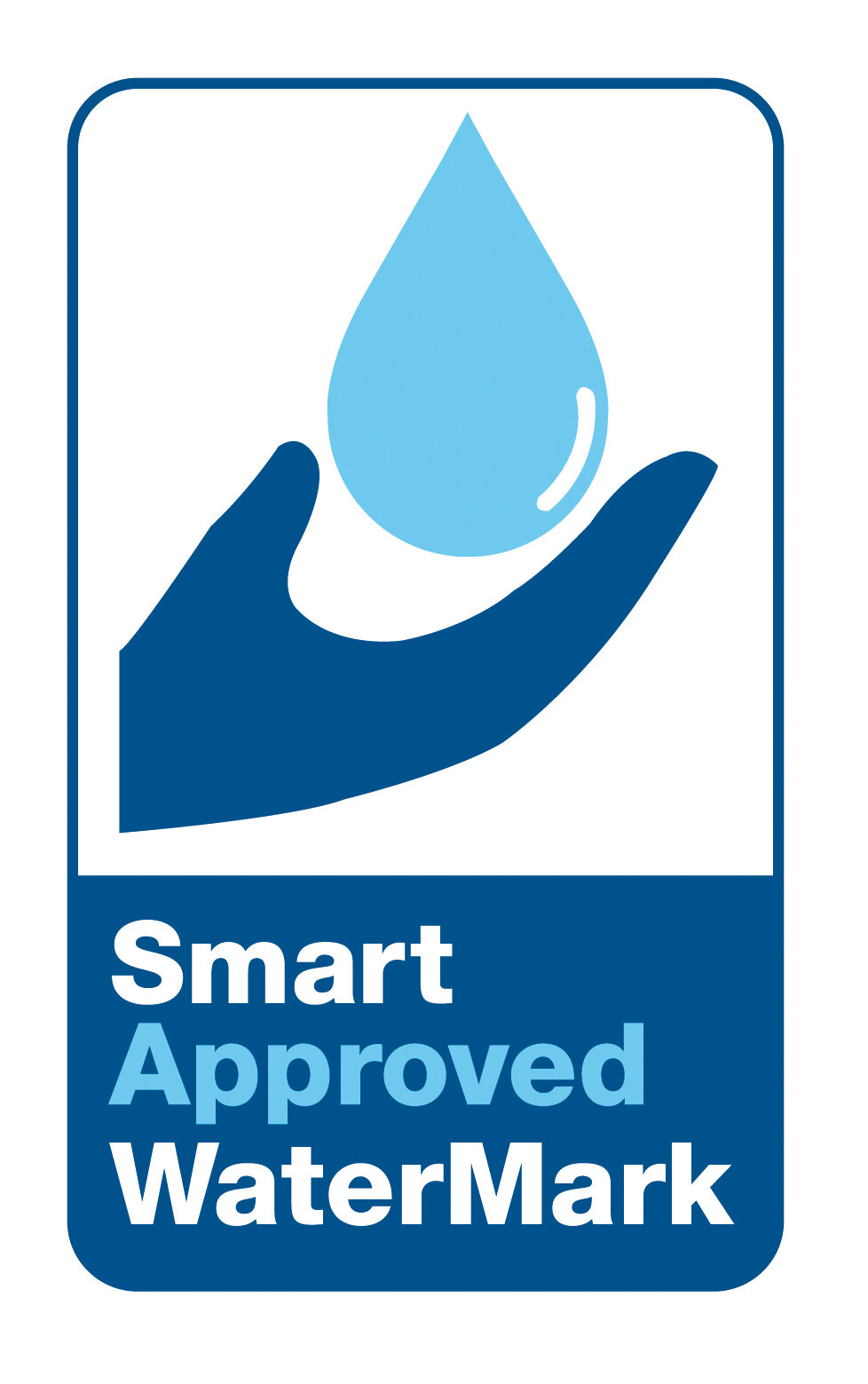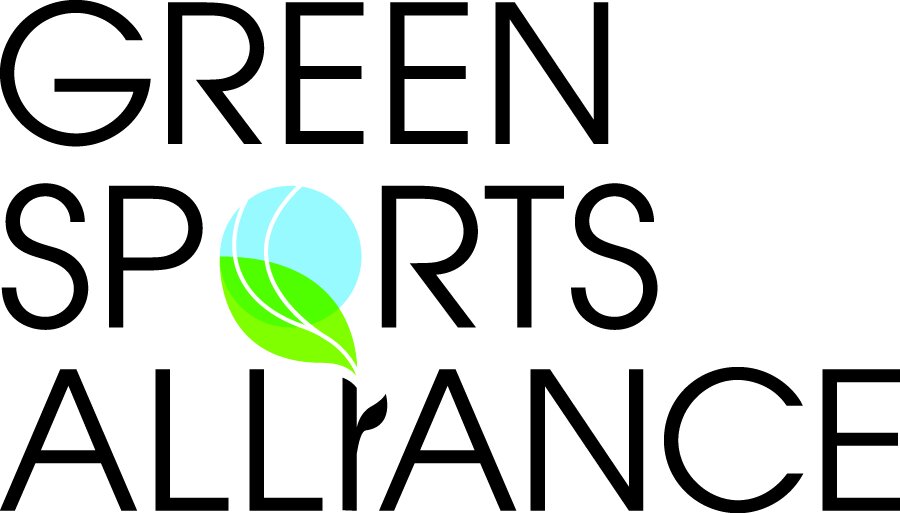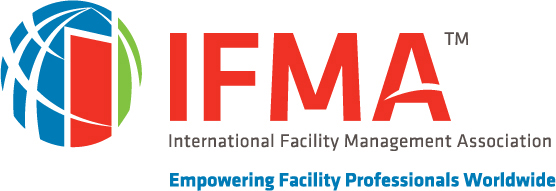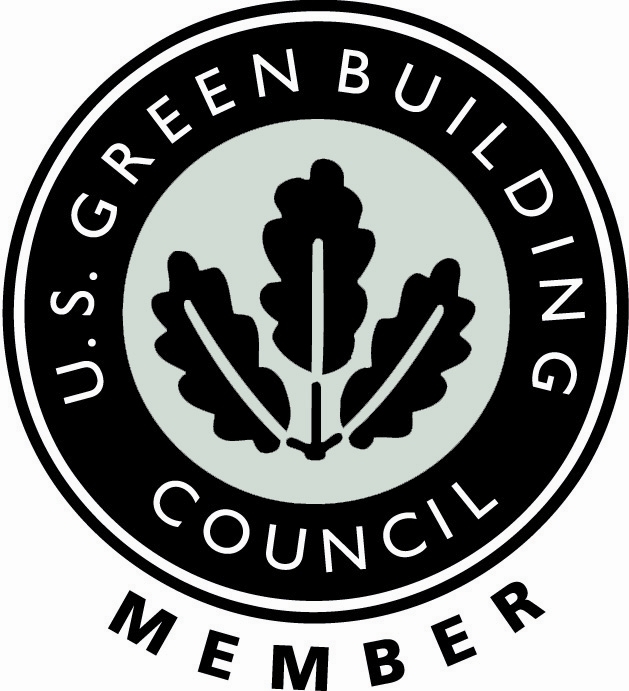As many of us know, one of the reasons several items, from cars and cell phones to toasters, are in short supply right now is because there is a worldwide microchip shortage. Yes, many of today’s toasters use microchips, as do scores of other household appliances. Most of these microchips come from Taiwan.
However, what many of us do not know is that one of the key reasons for this worldwide chip shortage is water, or shall we say, lack thereof. A severe drought, the worst in 50 years, has been gripping Taiwan for the past several months.
According to the Taiwan Semiconductor Manufacturing Company (TSMC), 156,000 tons of water are needed per day to operate their microchip manufacturing plant. That’s enough water to fill roughly 60 Olympic-sized swimming pools every day.
TSMC is the largest chip manufacturer in the world. The company supplies chips to just about every company, large and small, globally. So, if production has slowed down, in this case, due to a shortage of water, this means the impact is likely being felt just about everywhere. And don’t expect this to get any better anytime soon. Typically, Taiwan is considered one of the wettest countries in the world. So, in the past, it had the necessary enormous amounts of water to manufacture microchips.
But a new study, published June 24, 2021, in Physics.org. from “The Journal of Atmospheric Chemistry and Physics,” suggests persistent air pollution problems going back more than 13 years is reducing the amount of rainfall in the country. The study analyzed data from 2005 to 2017 and suggests that aerosol concentrations have been building up in the atmosphere around Taiwan.
These concentrations have directly reduced the amount of rainfall in the country. “These drought conditions are impacting people’s daily lives and industrial production,” said Qilong Min, a research associate at UAlbany’s Atmospheric Sciences Research Center (ASRC) and the study coauthor.
“Scientists are trying to understand the linkage of the drought and other environmental factors. We’re looking closely at all those environmental factors—including aerosols in the atmosphere. Our analysis is showing a clear linkage that when air pollution is higher, it results in a decrease in the characteristics of rain droplets and frequency of drizzle events.”
Some observers suggest that if Taiwan no longer has the necessary water to manufacture microchips, why not just build new plants in new countries?
Much easier said than done.
First, new plants would need to be built in countries that have vast amounts of water, just as Taiwan traditionally has been blessed with. Few countries have that. Further, these are very costly manufacturing facilities. To replace them would cost billions of dollars, which likely would need to be paid by governments.
Another thing to consider, the people working in these plants are highly skilled. Most have been trained specifically to work in this manufacturing facility doing this type of work. Replacing these people in another, possibly remote area of the world, would likely prove difficult.
So what options do we have?
The first is one we have not addressed. That is that this summer is, by all accounts, a true game changer when it comes to water and drought. It’s all around us, year after year, from California to Taiwan. People are beginning to realize this is long-term and to recognize the connection between climate change and its impact on people’s lives, manufacturing, and worldwide economies.
The second is more obvious. Plants in Taiwan and similar plants worldwide need to develop manufacturing technologies that do not require as much water to manufacture microchips. Already recycling and filtering systems are being introduced. However, TSMC and other companies likely should have been working much harder on developing new water-reducing technologies long before it became a crisis.
Finally, reducing water consumption and using water much more responsibly, efficiently, and sustainably must now be on everyone’s mind. Remember, this summer, the summer of 2021, is a game changer for dry weather and drought. We need to make changes now to protect our futures.

















